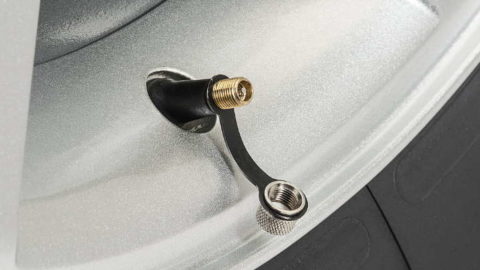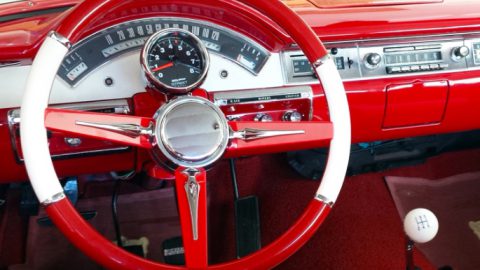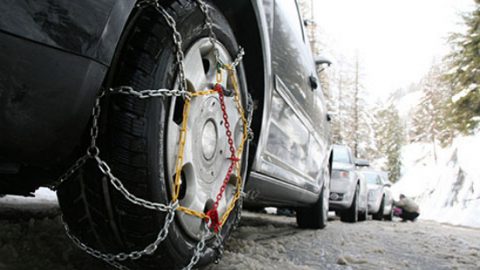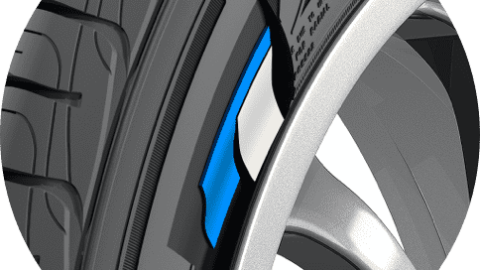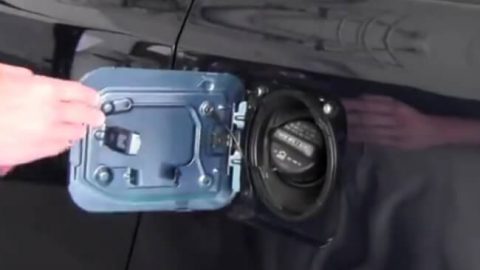When your tires don’t have enough tread depth, you’re at greater risk of hydroplaning, punctures and reduced traction. Fortunately, measuring tread depth regularly is a simple and surefire way to help ensure your tires will stick to the road and keep you safe.
Tires at or above the recommended tread depth level can give you better traction, reduced risk of punctures and the ability to dispel moisture so you won’t hydroplane on wet roads.
When it comes to checking tire tread, there are a number of methods that can help you know if it’s time to replace a tire. Heavily worn tread will prevent a tire from performing as designed and can lead to unsafe driving conditions.
Capitol-Tires.com is an independent enthusiast website and is not affiliated with or endorsed by American Tire Distributors (ATD), Nexen, Itochu or any other manufacturers and its content is solely for informational purposes. All manufacturer names, symbols, and descriptions, used in our images and text are used for identification purposes only. It is neither inferred nor implied that any item mentioned by Capitol-Tires.com is a product authorized by or in any way connected with any products/vehicle manufacturers displayed on this page. Copyright © 2025 CAPITOL-TIRES.com. All rights reserved.


